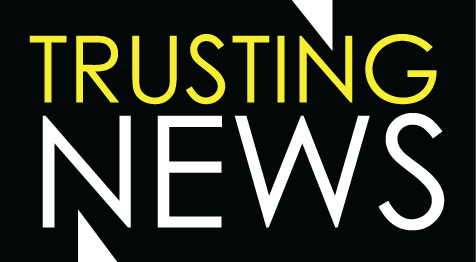Motivation behind coverage
6am publishes plan for covering election
Grand News Source guiding principles
Milwaukee Journal Sentinel uses Instagram to explain shooting coverage
Tennessean fact-checks local TV station
Colorado Sun explains approach to 2020 election coverage
Tulsa journalists defend their work
KBOO about page
Wirecutter explains removing outdated information
Coloradoan explains bias toward facts
Community Impact Newspaper explains reporting process
WCPO shares station’s commitment to community
News 5 Cleveland explains breaking news policy
ProPublica explains decision behind publishing graphic video
WCPO responds to viewer complains on air
WJXT4 explains reporting process, mission
Trust Tip 69: Share your humanity while reporting on protests
USA TODAY policy graphic border photo
WCPO cuts back use of mugshots
Vox support plea for explanatory journalism
WCPO explains how their COVID-19 coverage different from competitors
How the San Fransisco Chronicle cover candidates
WTXL shuts down mugshots page
Cronkite Student Media gives users behind-the-scenes look
Trust Tip 61: Do these four things right now to show you are trustworthy
WCPO shows breadth of journalism with Acts of Kindness series
Coloradoan explains missions, goals with COVID-19 coverage
Bangor Daily News shares mission, goal for coronavius coverage
Columbia Dispatch shares mission surrounding coronavirus coverage
WCPO share goals, mission surrounding coronavirus coverage
Christian Science Monitor asks for audience feedback during COVID-19 outbreak
Trust Tip 56: With coronavirus coverage, make your purpose clear
Entercom shares mission statement, core principles with audience
Corpus Christi Caller-Times uses editor’s note for transparency with opinion piece
Trust Tip 46: Build transparency into investigative pieces
Trust Tip 44: Use newsletter A/B testing to test trust strategies
Grady Newsource publicly posts guiding principles, ethics policy
Trust Tip 23: Create an Ethics Landing Page
Trust Tip 22: If you publish a graphic image, explain why
Trust Tip 11: Explain how breaking news works
Discussing Use of Anonymous Sources on Twitter
USA TODAY Discuss Covering Mass Shootings
Explaining Your Election Coverage Mission
Sharing Your News Mission
Explaining Coverage Decisions with Editors Note
Asking Users What Local Stories They Want Covered
Adding Context to a Story Using Twitter
Explaining Coverage on Divisive Issues Jefferson City
Explaining Your News Process Using Facebook Live
Using Facebook to Answer Questions About News Process
Anticipating Negative Feedback and Addressing it Directly
Explaining News Coverage Decisions: School Threats
Explaining News Coverage Decisions: Suicides
Explaining Opinion Coverage
Explaining Opinion Coverage Using Facebook Live
Explaining How you Find Sources
Explaining Story Selection in a Newsletter
Being Honest About Holes in News Coverage
Adding Context to Reporting Using Pull-Out Box
Explaining Olympics “spoilers” at USA Today
Opening up about reporting at Discourse
Fresno watchdog story
Remind your community about your mission and purpose. Tell them you work on behalf of the public. Use specific language and strong words, like watchdog and investigation, rather than hoping those concepts are clear.
Freso listeria
Ogden behind the scenes pornography
Enid overdue bills scam
Newsy Trump coverage
Look for chances to tie individual coverage to your organization’s mission. In this case, Newsy didn’t just share a fact check. They used the words “fact check” to make sure the point came across, and they reinforced their core principles.

